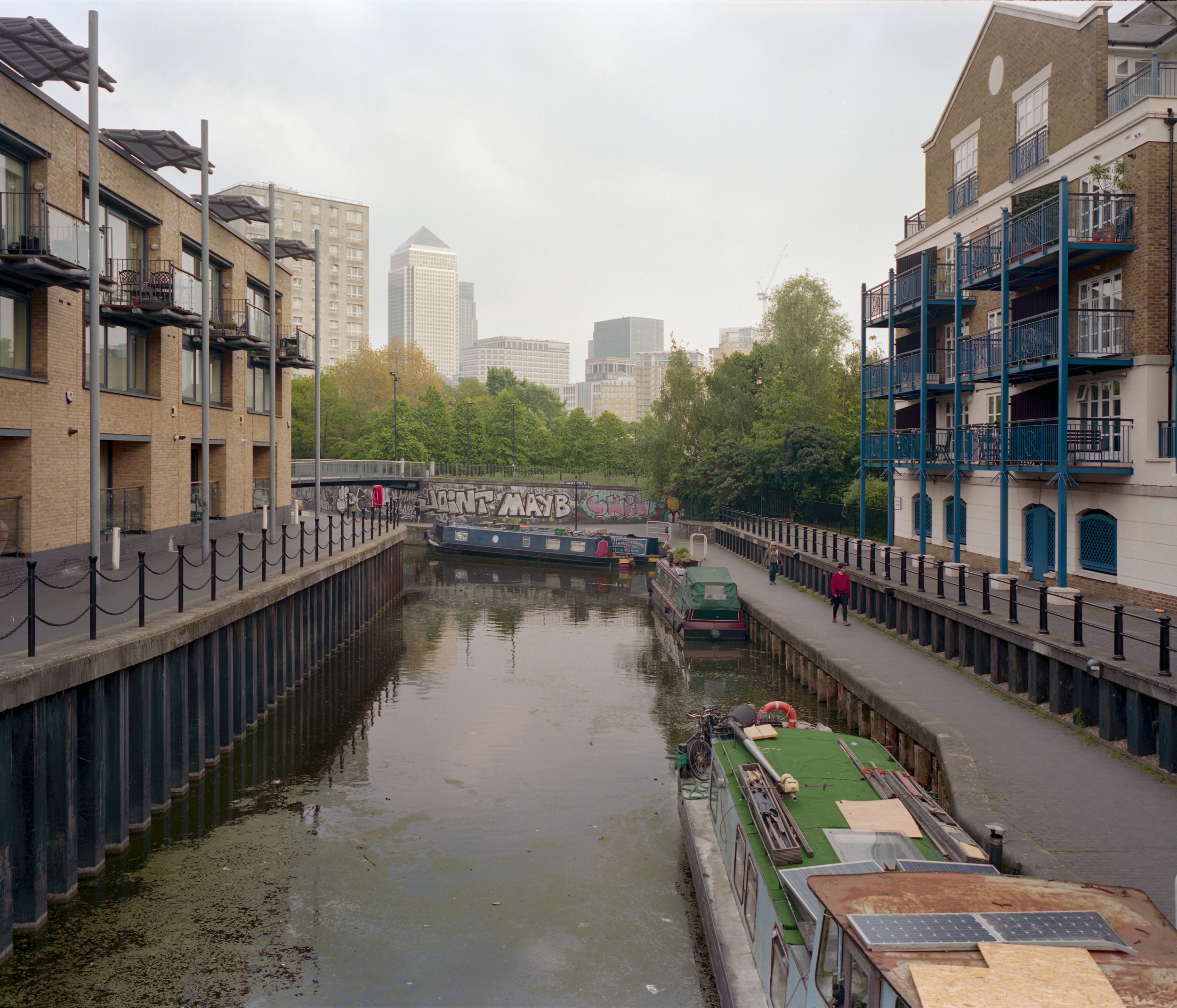
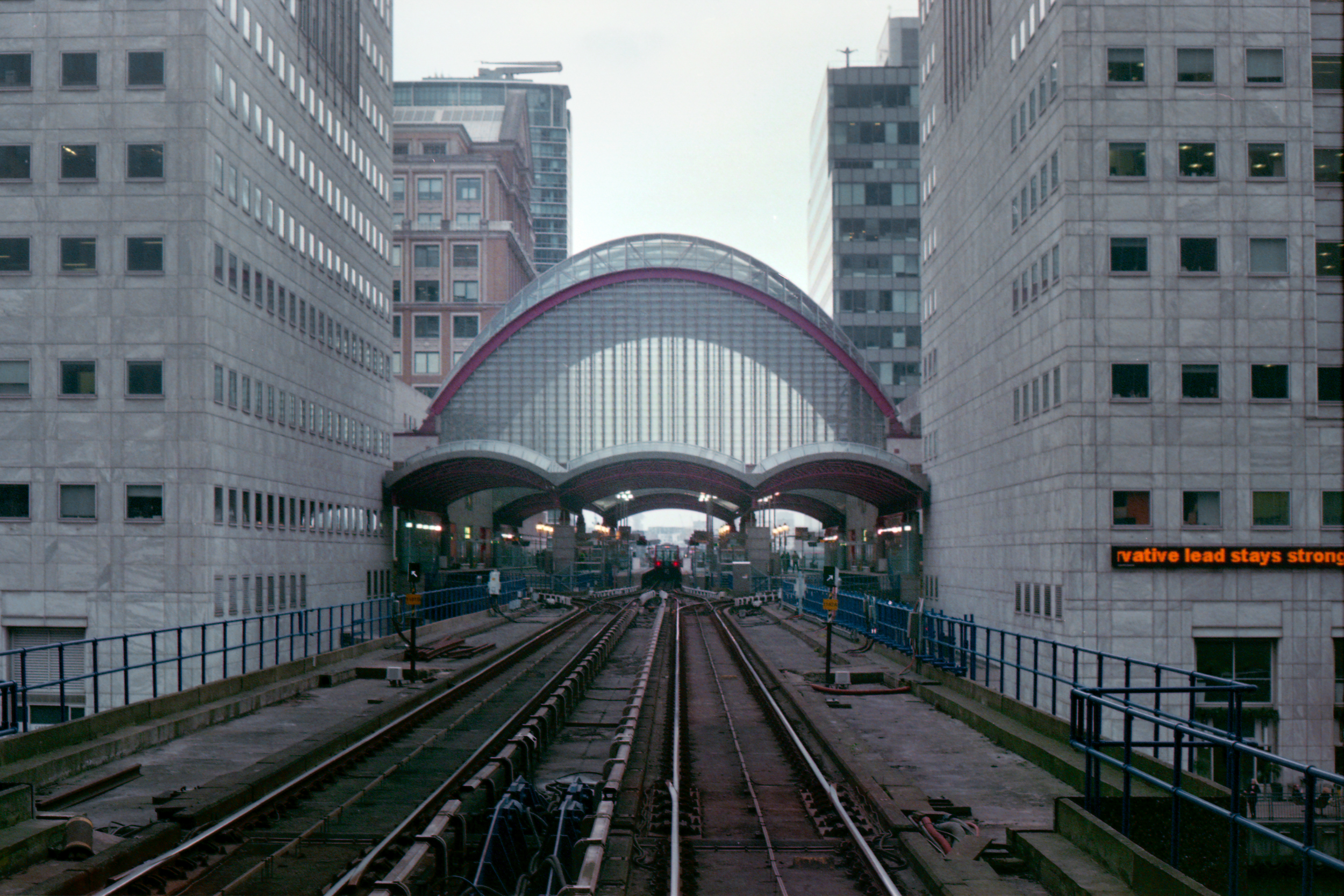

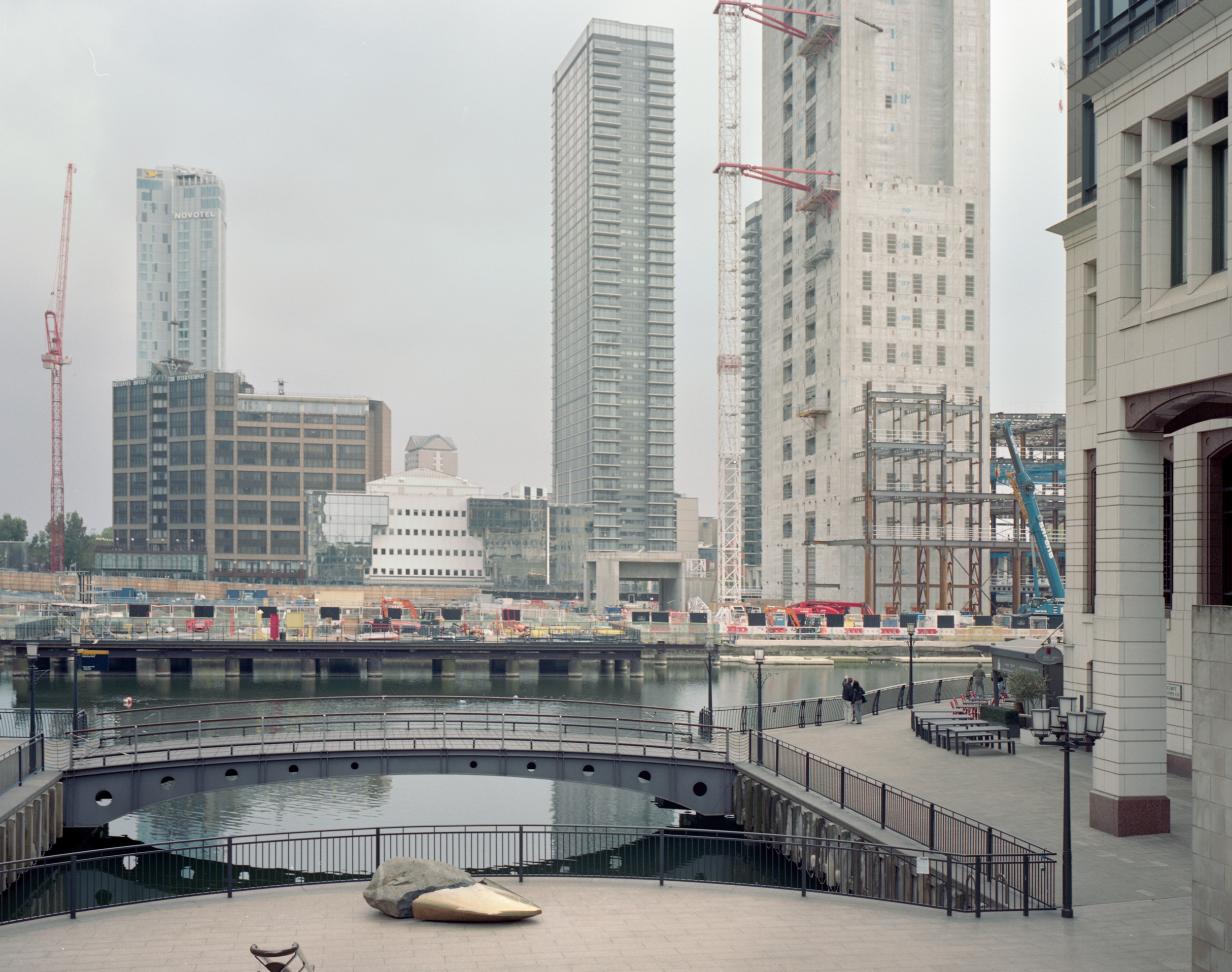


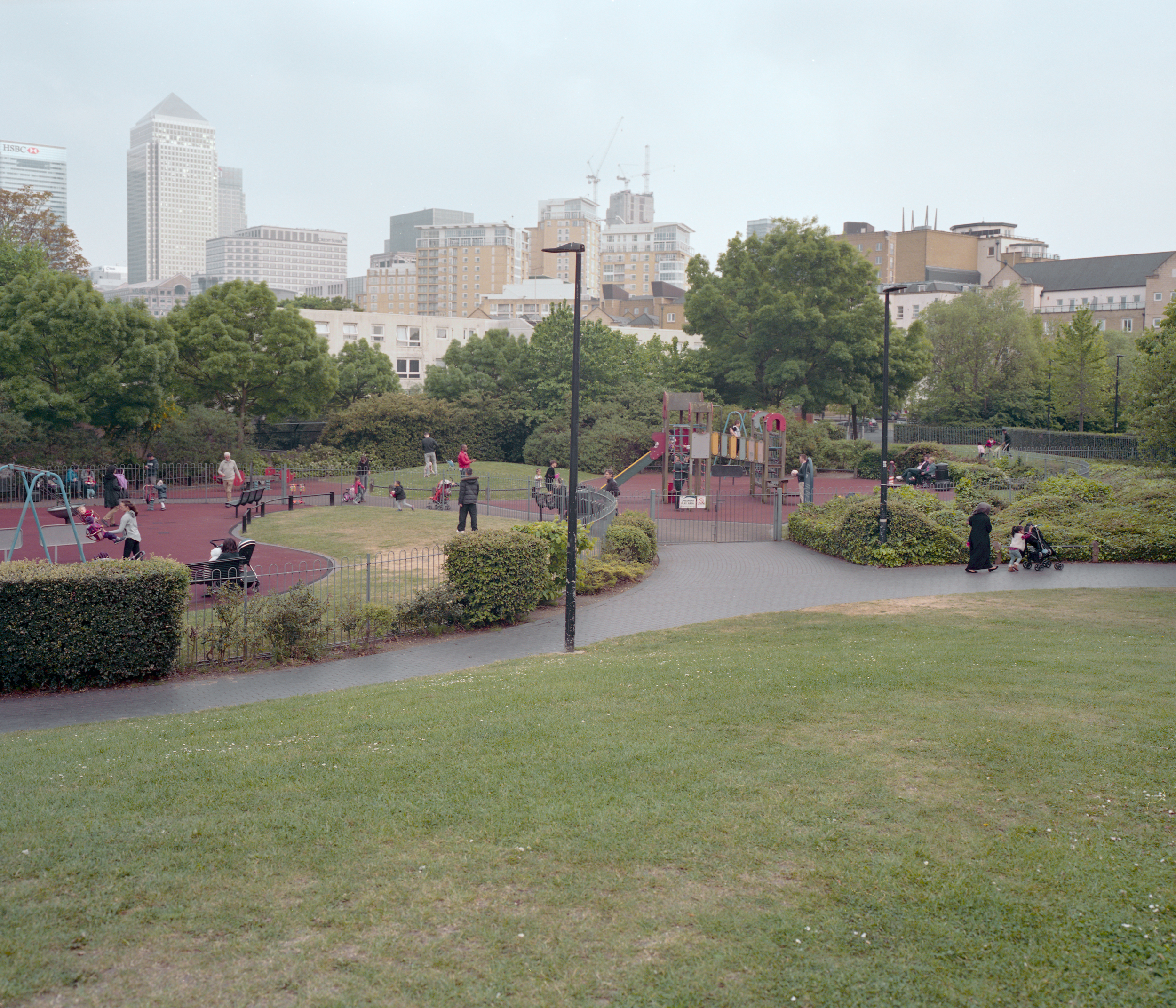



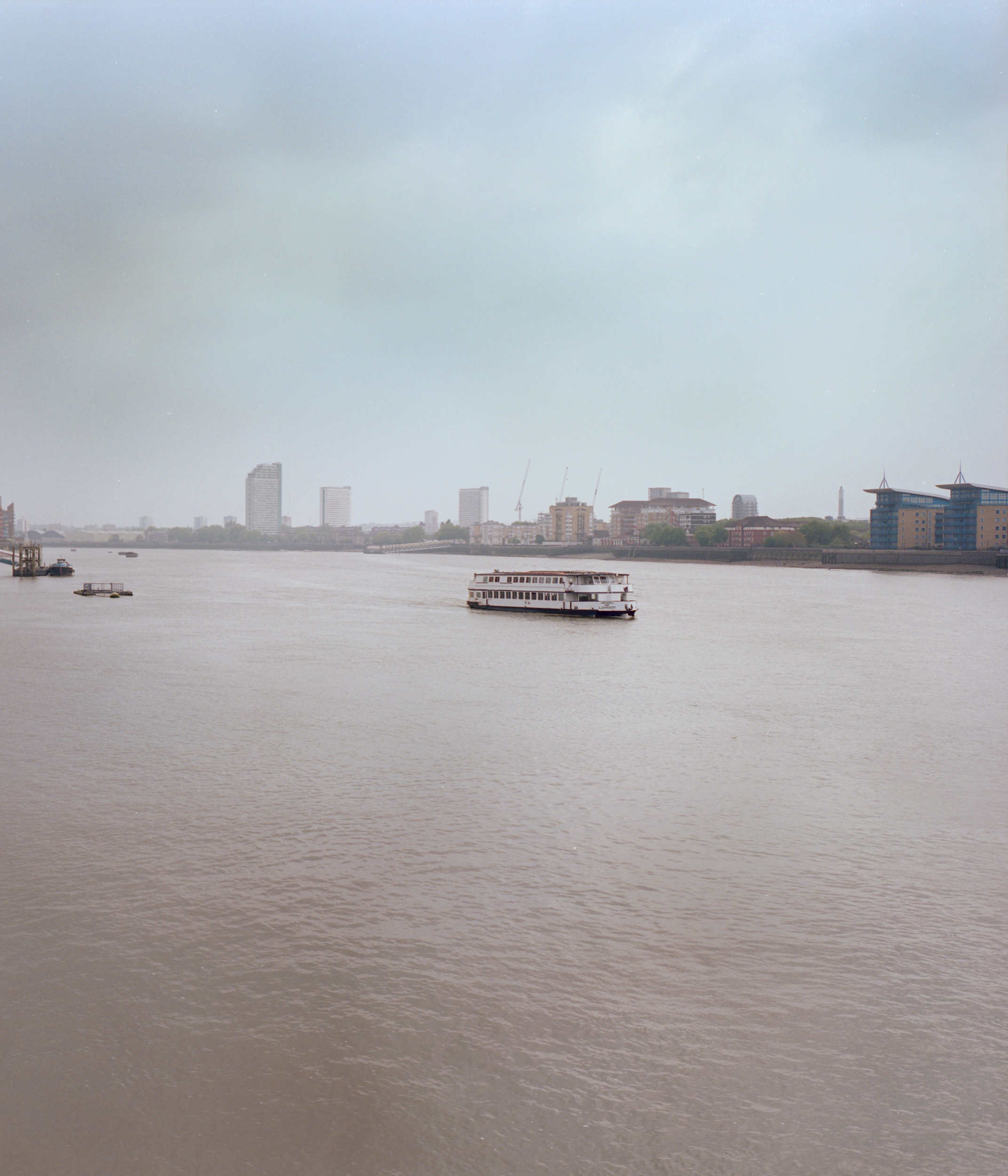
Canary
Wharf is a financial district that has developed since the 90s on the peninsula
that once housed the port of London, known as the Isle of Dogs.
The expansion of the Jubilee Line and the development of the nearby London City Airport, aroused a growing interest from multinationals companies and investment banks, so that the newly built skyscrapers started to be filled after a general disertation due to the real estate collapse of the early 90s.
Before returning to the news as a financial centre able to face up the historic City of London, this strip of land had already distinguished itself in the past as a symbol and engine of the wealth, power and economic influence of London and the British Empire. Between the sixteenth and nineteenth centuries the city gained the sad record of fourth port in the world for slave trade, after Rio de Janeiro, Bahia and Liverpool. More than three thousand ships setting sail from the port of London contributed to the enslavement of more than a million people and their deportation from the coasts of West Africa to overseas colonies. Slavery was in fact the main fuel of the phenomenon that takes the name of ‘triangular trade’. The ships left the homeland heading to the African coast to buy slaves in exchange for weapons and artifacts of low alloy, and then resell them in the American colonies to the highest bidder and return home precious goods such as minerals, tobacco, cotton and especially sugar.
At the end of the seventeenth century a small number of London merchants at the head of the London's Royal Africa Company held the monopoly of the slave trade, thanks also to the support of a network of investors, banks, insurance companies and shipbuilders in which everyone found its own share of profit from this form of trade. It wouldn’t be wrong to say that a considerable part of London greatness was built on it.
The expansion of the Jubilee Line and the development of the nearby London City Airport, aroused a growing interest from multinationals companies and investment banks, so that the newly built skyscrapers started to be filled after a general disertation due to the real estate collapse of the early 90s.
Before returning to the news as a financial centre able to face up the historic City of London, this strip of land had already distinguished itself in the past as a symbol and engine of the wealth, power and economic influence of London and the British Empire. Between the sixteenth and nineteenth centuries the city gained the sad record of fourth port in the world for slave trade, after Rio de Janeiro, Bahia and Liverpool. More than three thousand ships setting sail from the port of London contributed to the enslavement of more than a million people and their deportation from the coasts of West Africa to overseas colonies. Slavery was in fact the main fuel of the phenomenon that takes the name of ‘triangular trade’. The ships left the homeland heading to the African coast to buy slaves in exchange for weapons and artifacts of low alloy, and then resell them in the American colonies to the highest bidder and return home precious goods such as minerals, tobacco, cotton and especially sugar.
At the end of the seventeenth century a small number of London merchants at the head of the London's Royal Africa Company held the monopoly of the slave trade, thanks also to the support of a network of investors, banks, insurance companies and shipbuilders in which everyone found its own share of profit from this form of trade. It wouldn’t be wrong to say that a considerable part of London greatness was built on it.